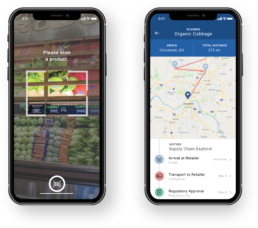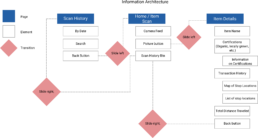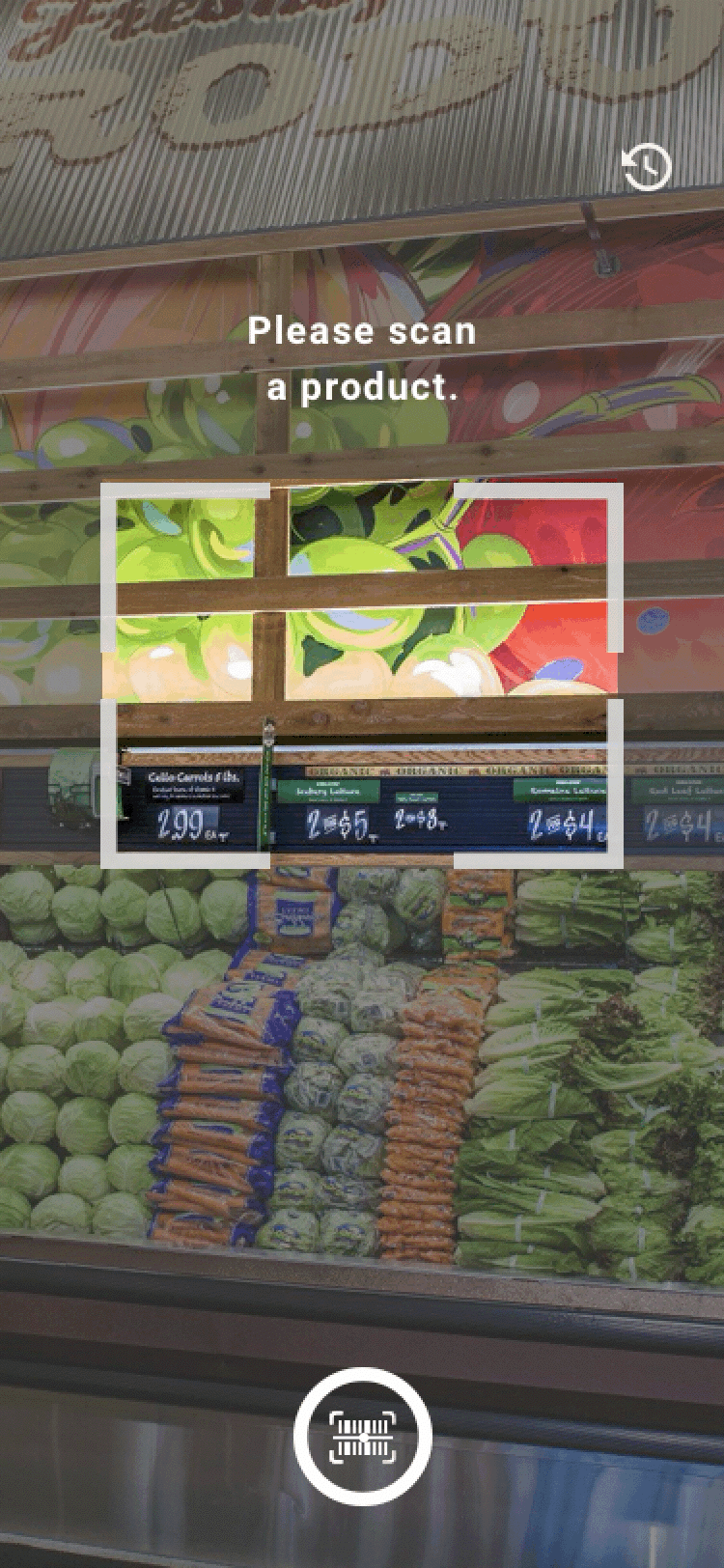Blockchain solutions in the food supply chain
Mobile Prototyping | Summer 2018
Sketch, Principle 3, Adobe Illustrator
Both in its extravagant rise and its meteoric fall, Bitcoin has captured the zeitgeist. But while all eyes are on Bitcoin, we are only scratching the surface of the applications of blockchain as a legitimate business tool. As an exercise of the design process I decided to combine my interests in cryptocurrencies and applications of blockchain to answer two questions:
- What benefits could a blockchain bring to B2B or B2C interaction?
- How could a blockchain improve a shopper’s user experience?


What is a blockchain?
A blockchain is a digital distributed ledger that provides a platform for the censorless transfer of value by establishing a network of nodes that maintain said distributed ledger. By keeping the ledger on each node and requiring data to be authenticated and validated through cryptographic protocols, the blockchain can remain trustless.
The supply chain involves a multistep journey from a producer to the retailer with mediated transactions being made at each step of the way. By leveraging a blockchain, retailers and customers can determine the provenance of their produce, counteracting counterfeiting and more importantly opening the chain to regulatory checks and auditing. A blockchain could allow retailers to better trace contaminated products from their origin, preventing excessive disposal and saving money in the process.

Practical Applications
Ideally, a product like this would allow retail consumers to review supply chains of any product they might want to purchase. While ideal, to have verifiable provenance of a product would require transactions be tracked at each step of the production process. The critical mass adoption level of this concept likely wouldn’t be plausible for the next decade as it would require the rapid implementation of a multi-industry blockchain. Instead, I’ll be using specifically the food supply chain as an example.
For retail consumers, the source and treatment of their food is becoming a larger factor in their purchase decisions. According to the Organic Trade Association, 52% of organic consumers are millennials. Further, demand for local-grown food has increased in the United States over the last decade. Adding verifiability of provenance gives consumers the ability to make purchasing decisions that align with their interests. Making a scanner system that leveraged a blockchain to afford access to a product’s journey along its food supply chain from its production on a farm to its placement at your local grocery store.
Information Architecture

Interaction Animation
